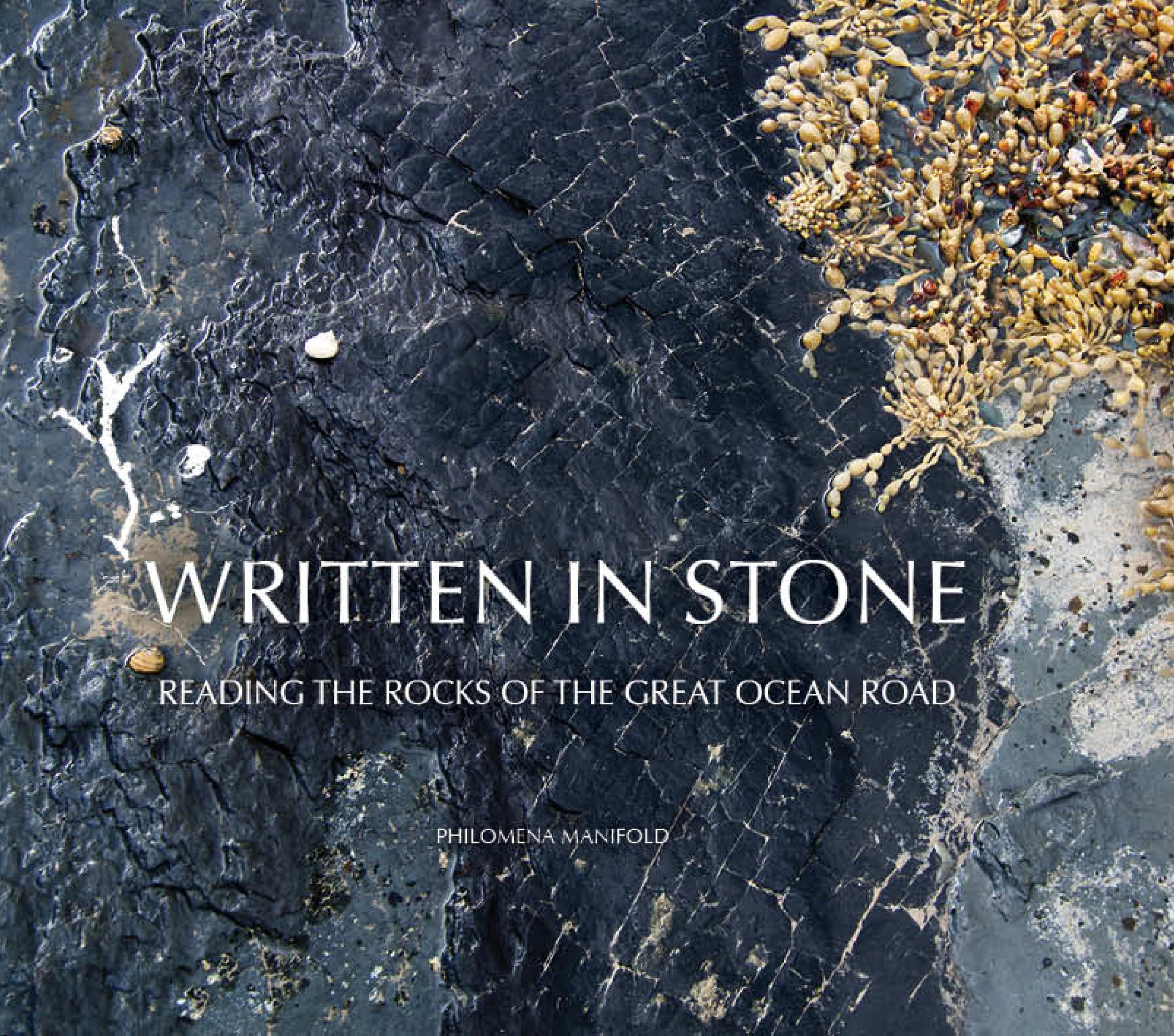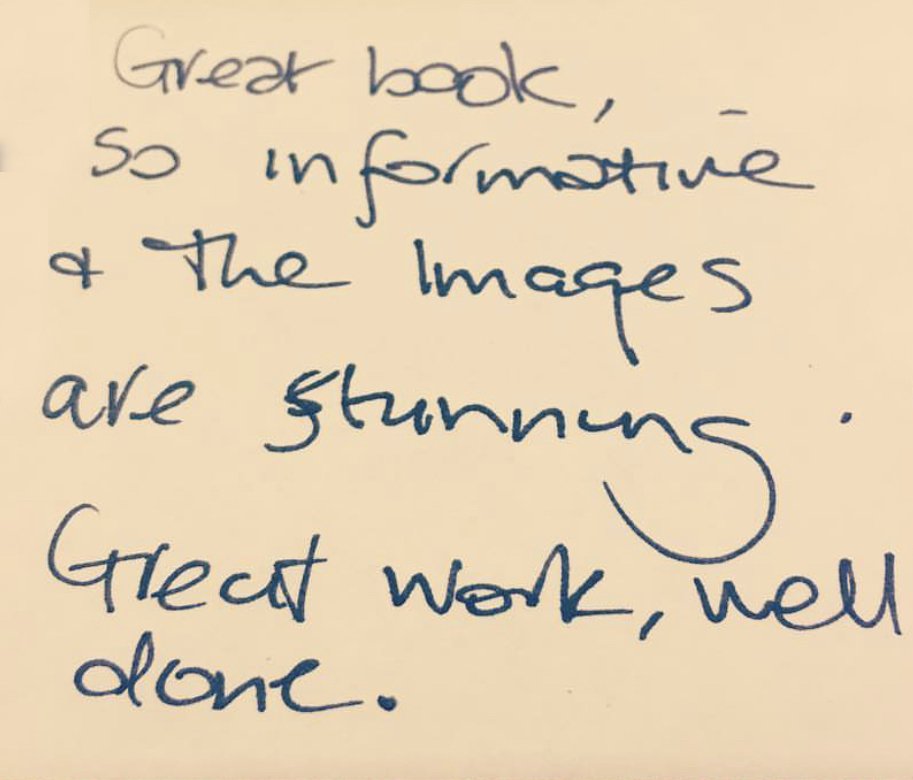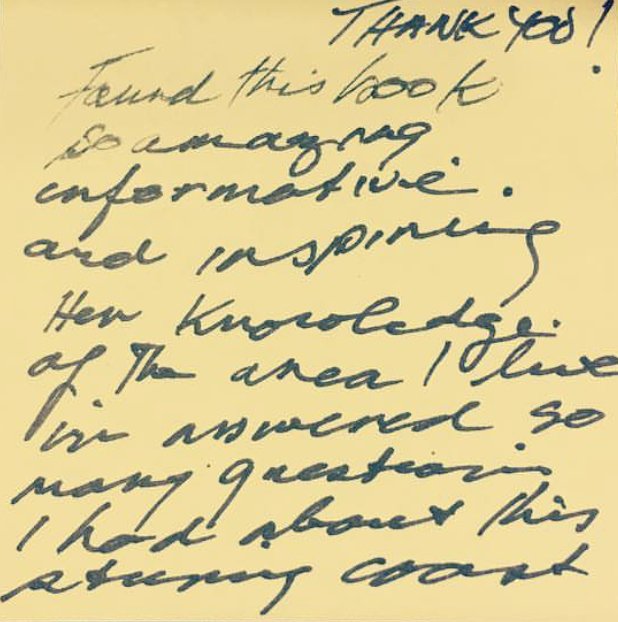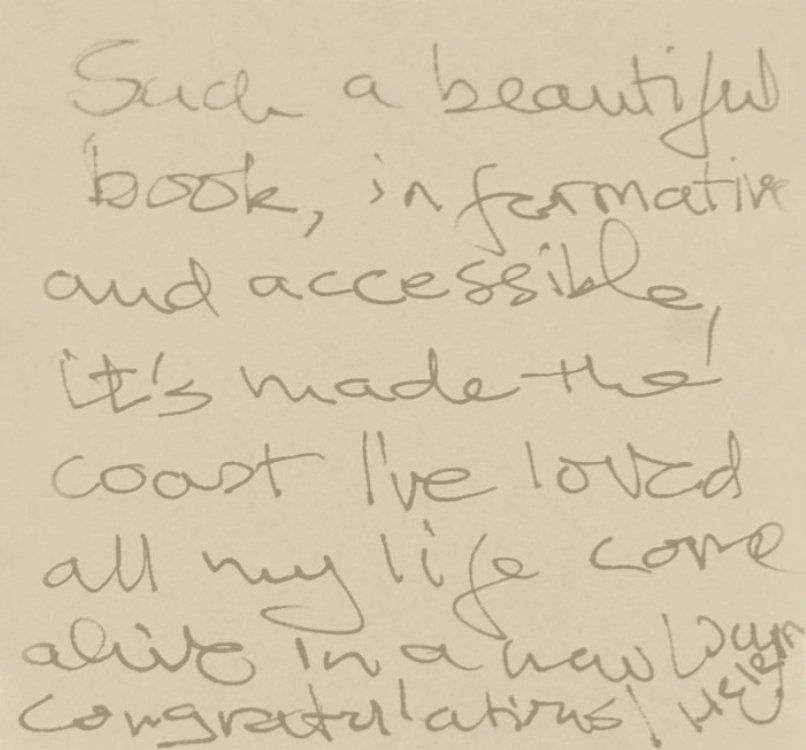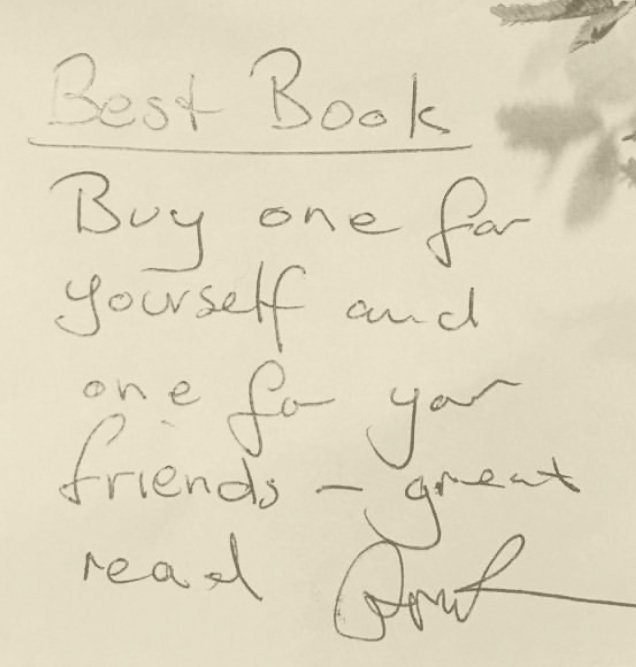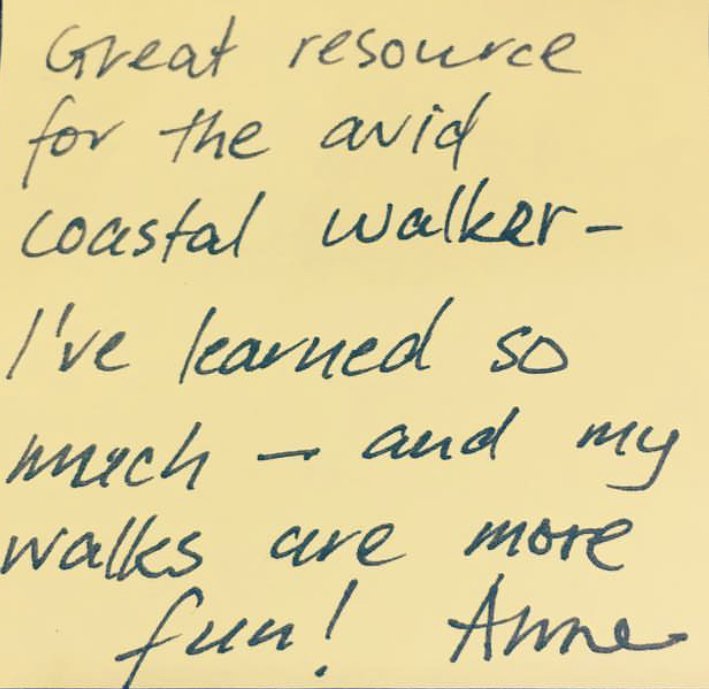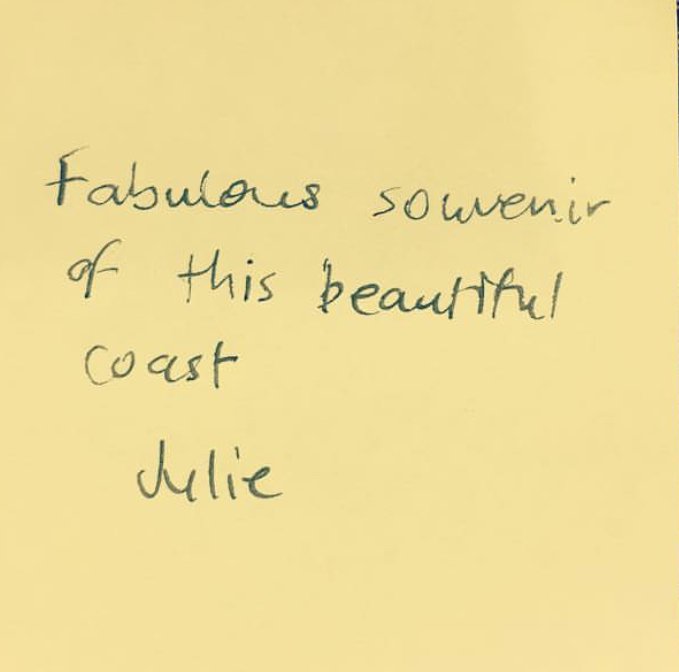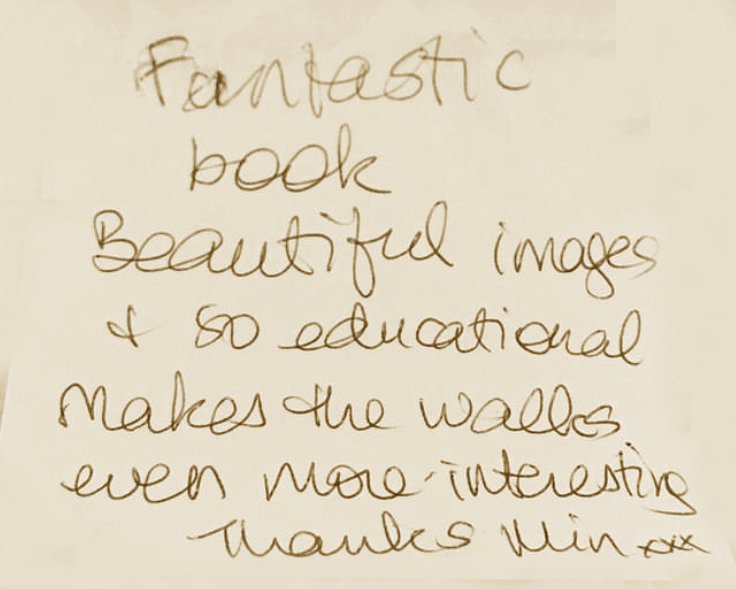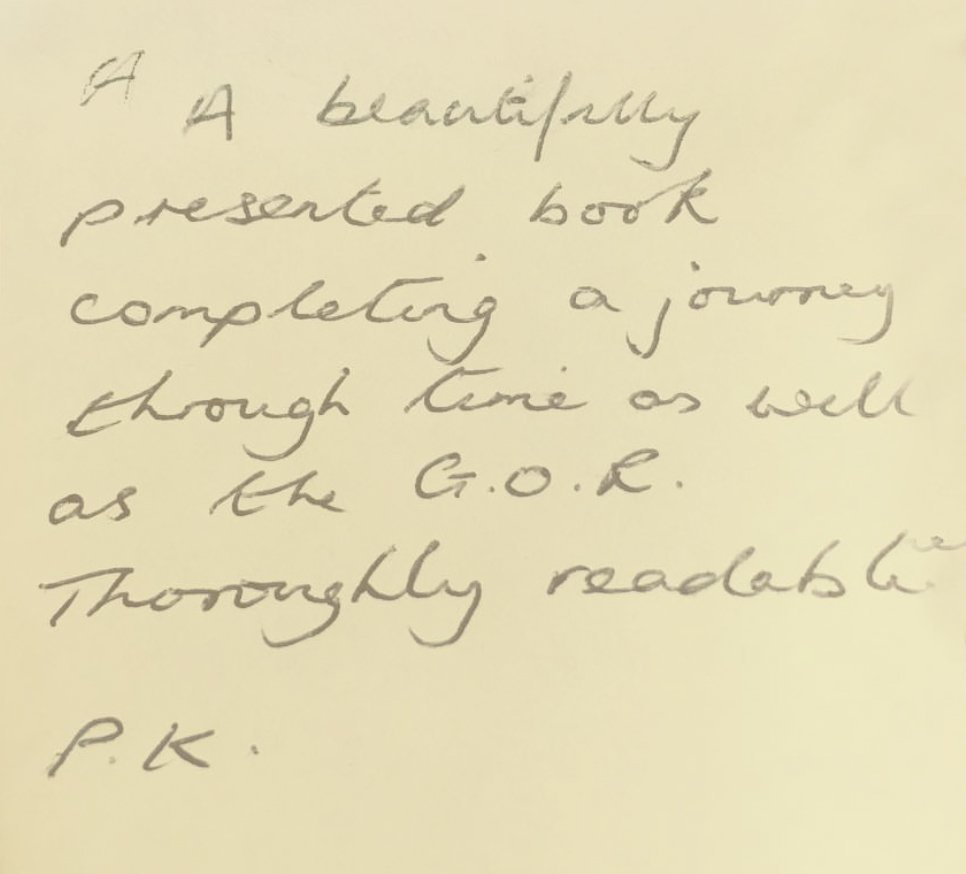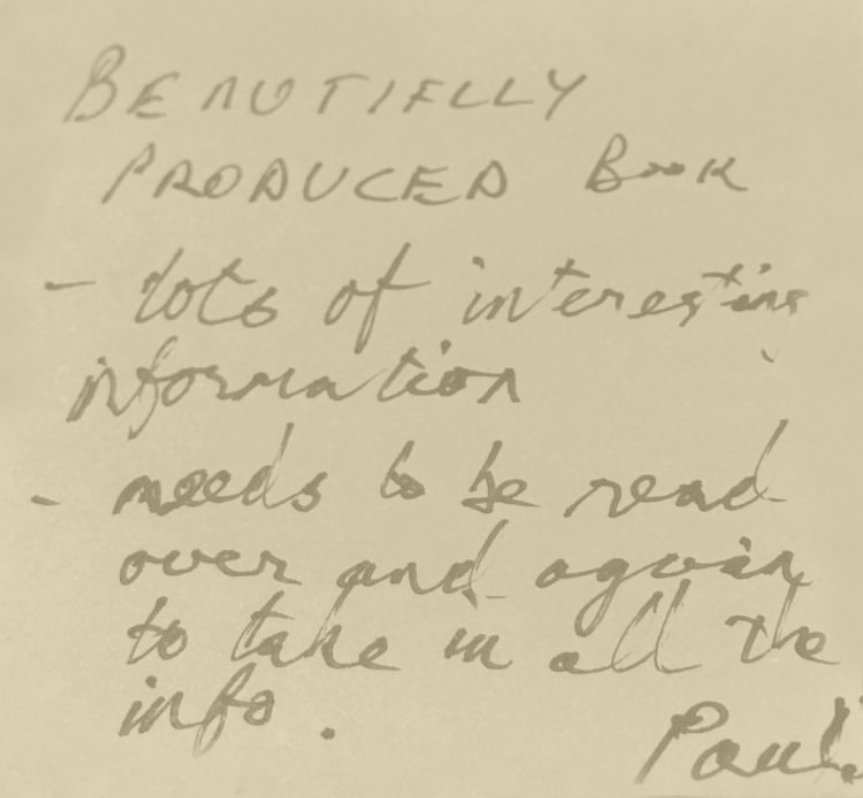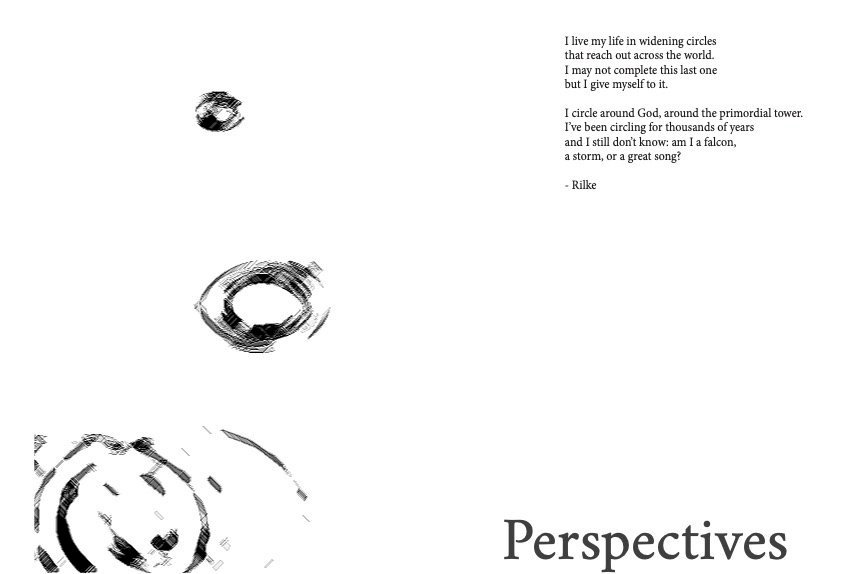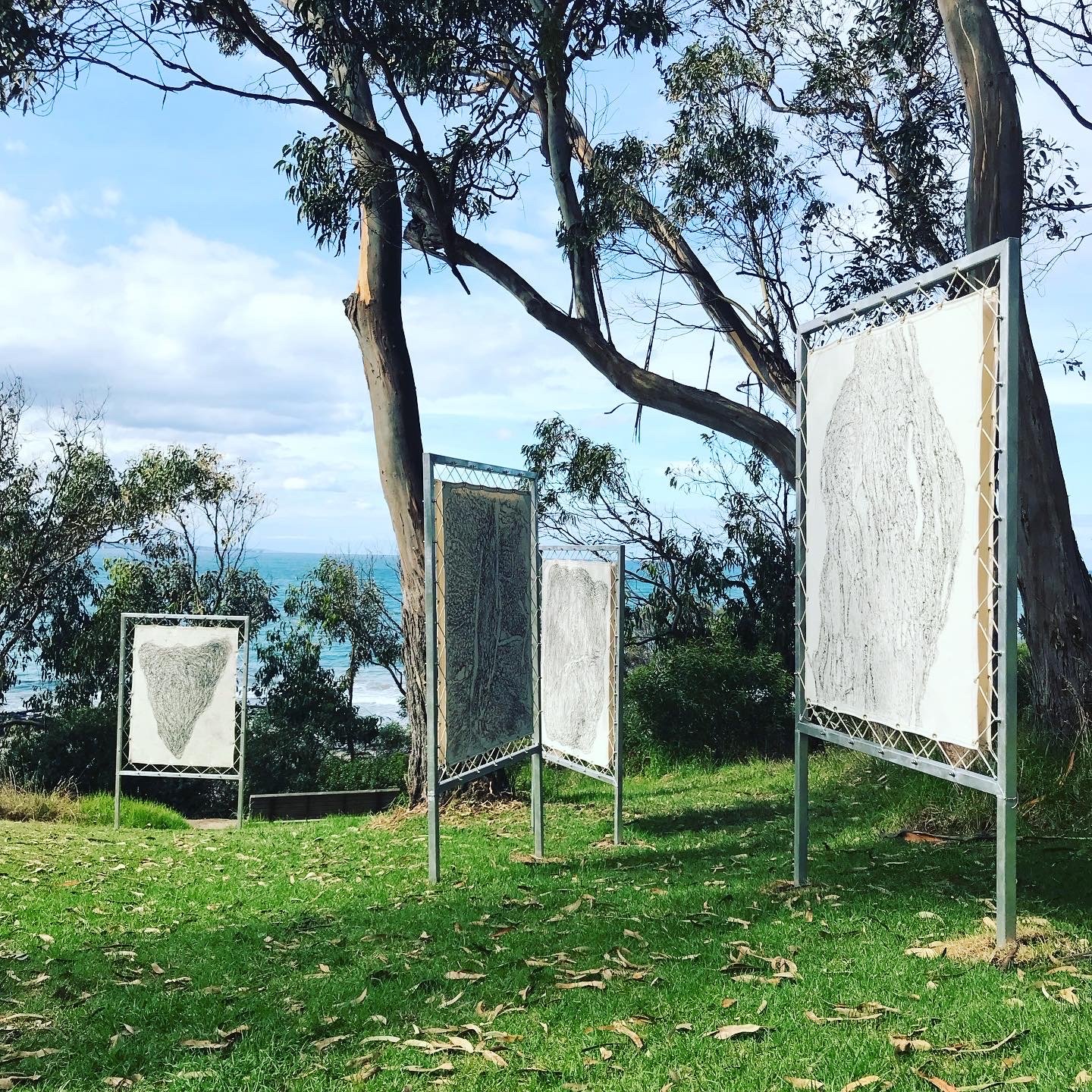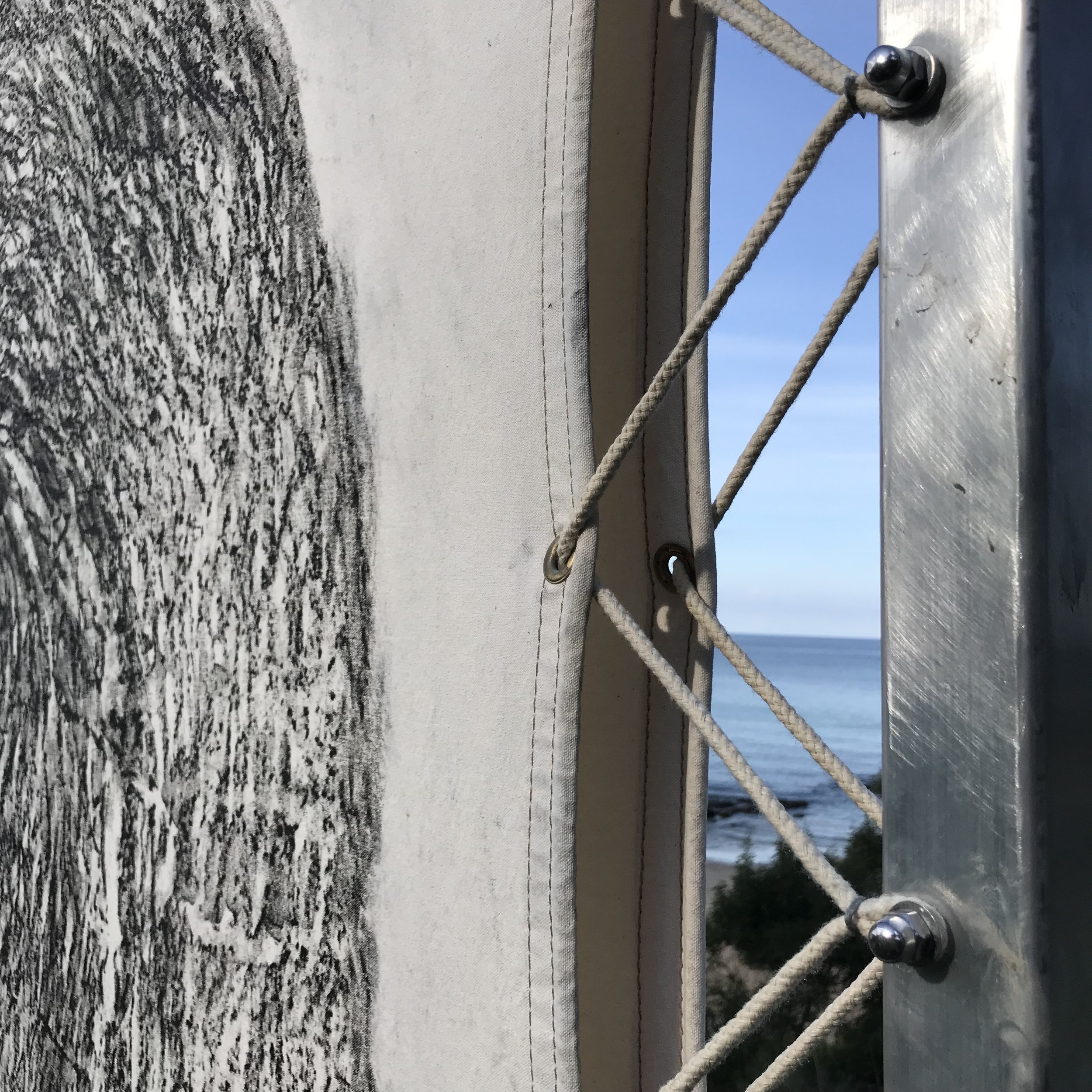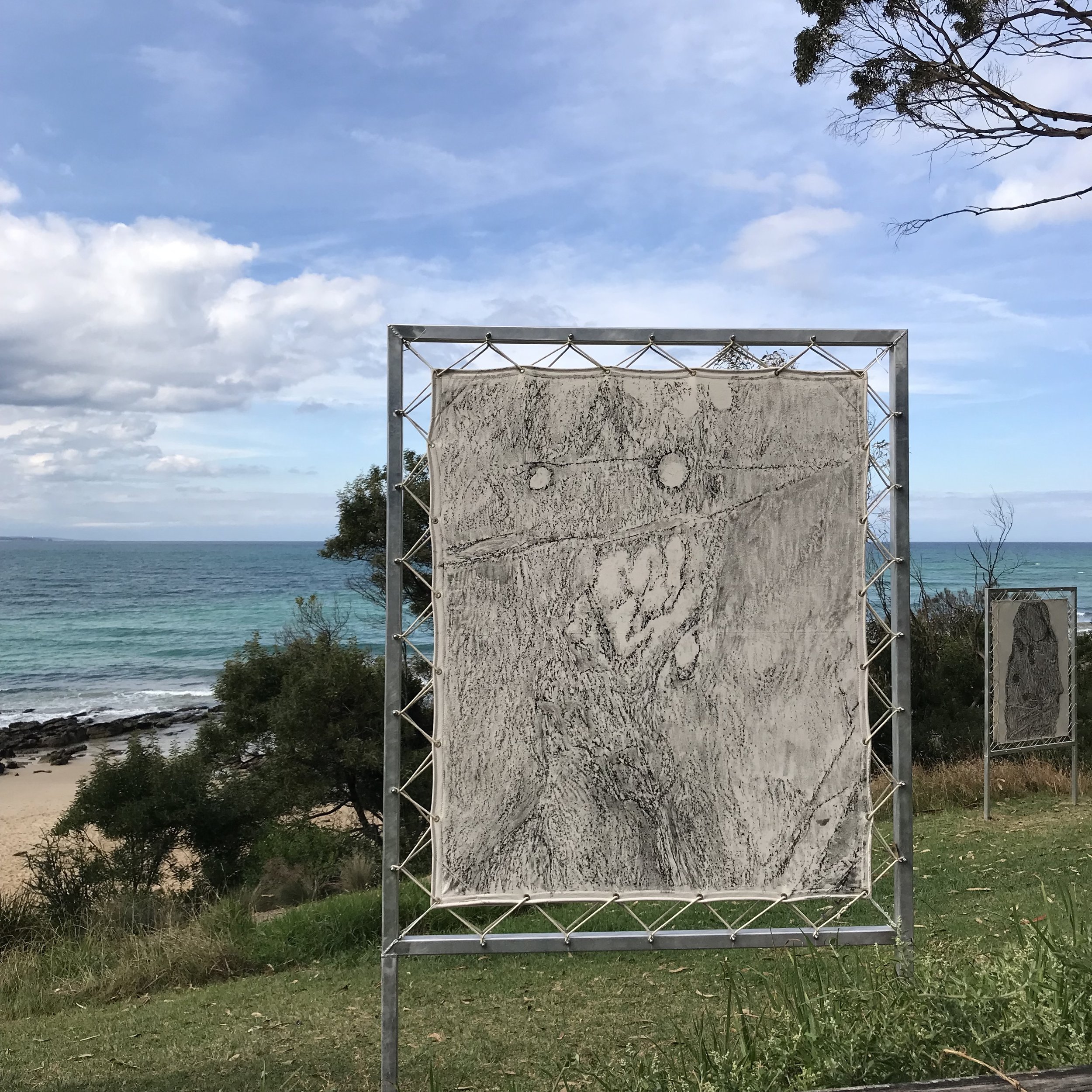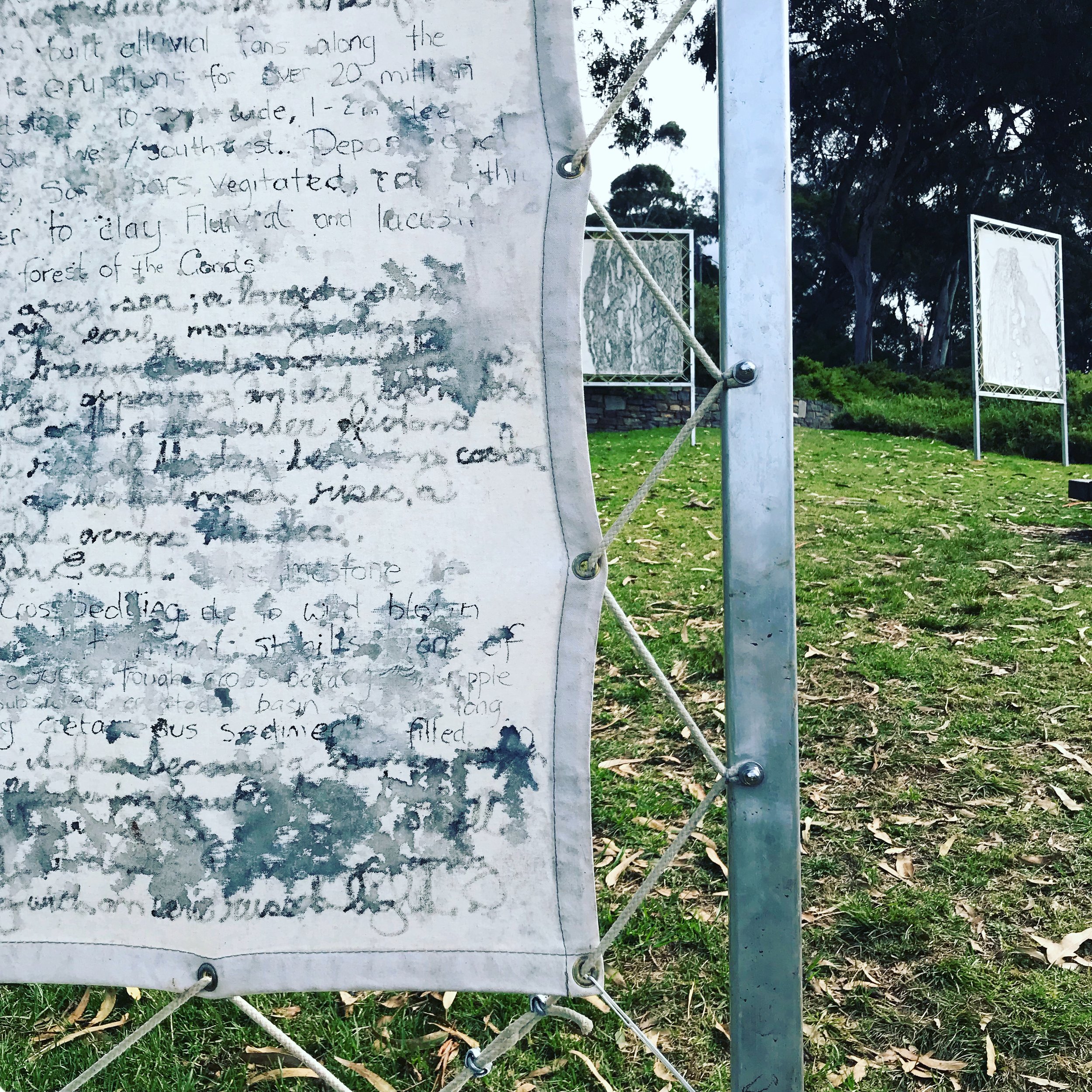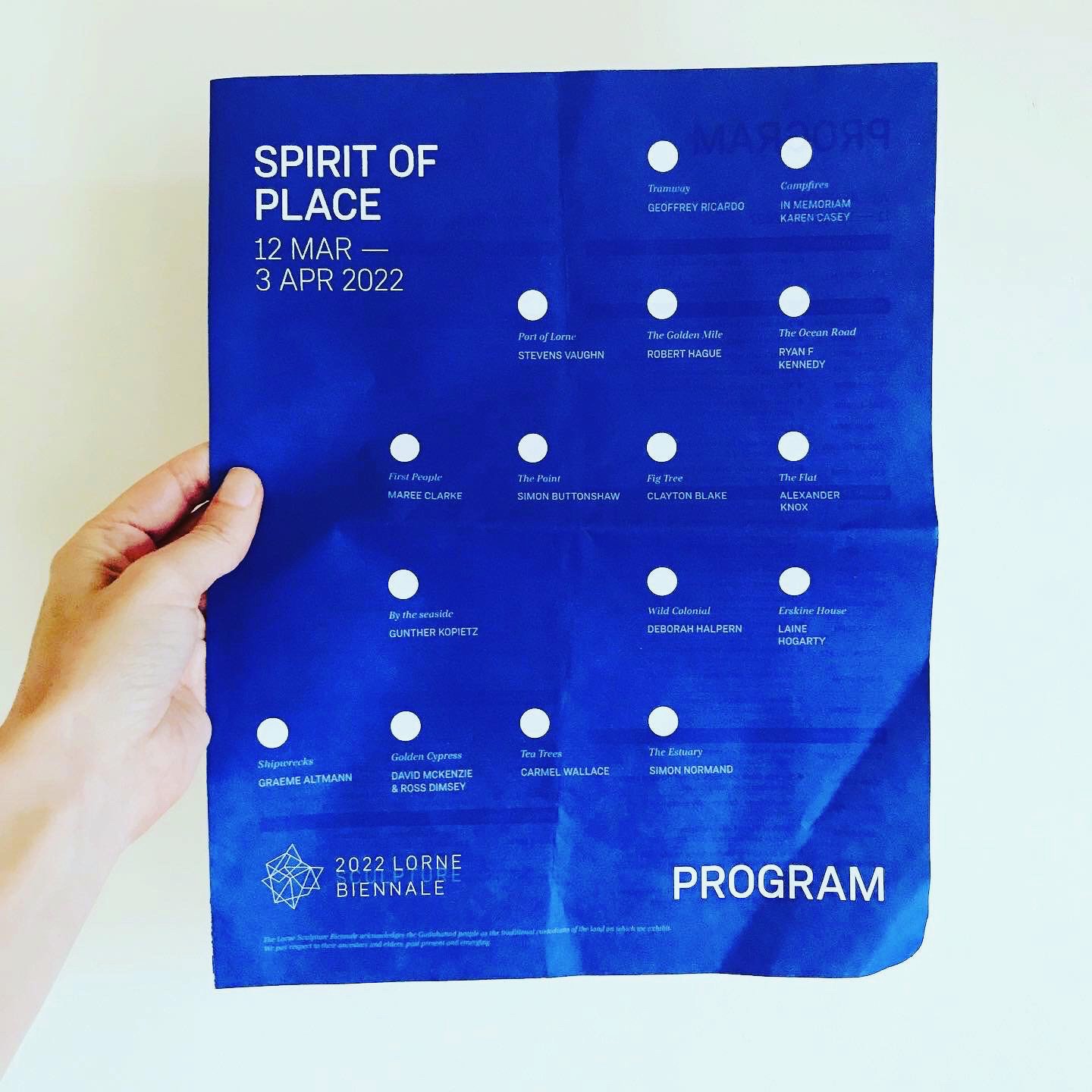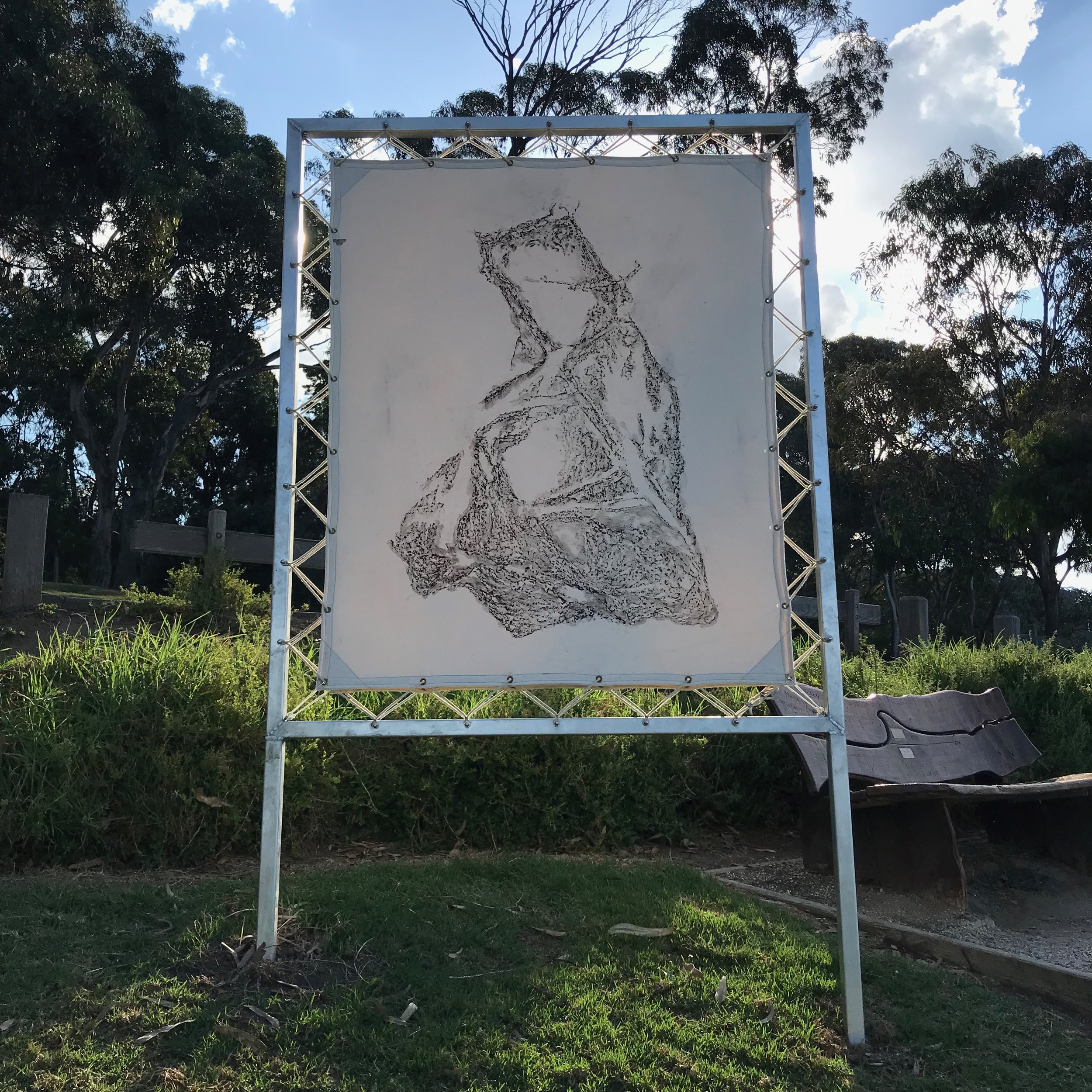


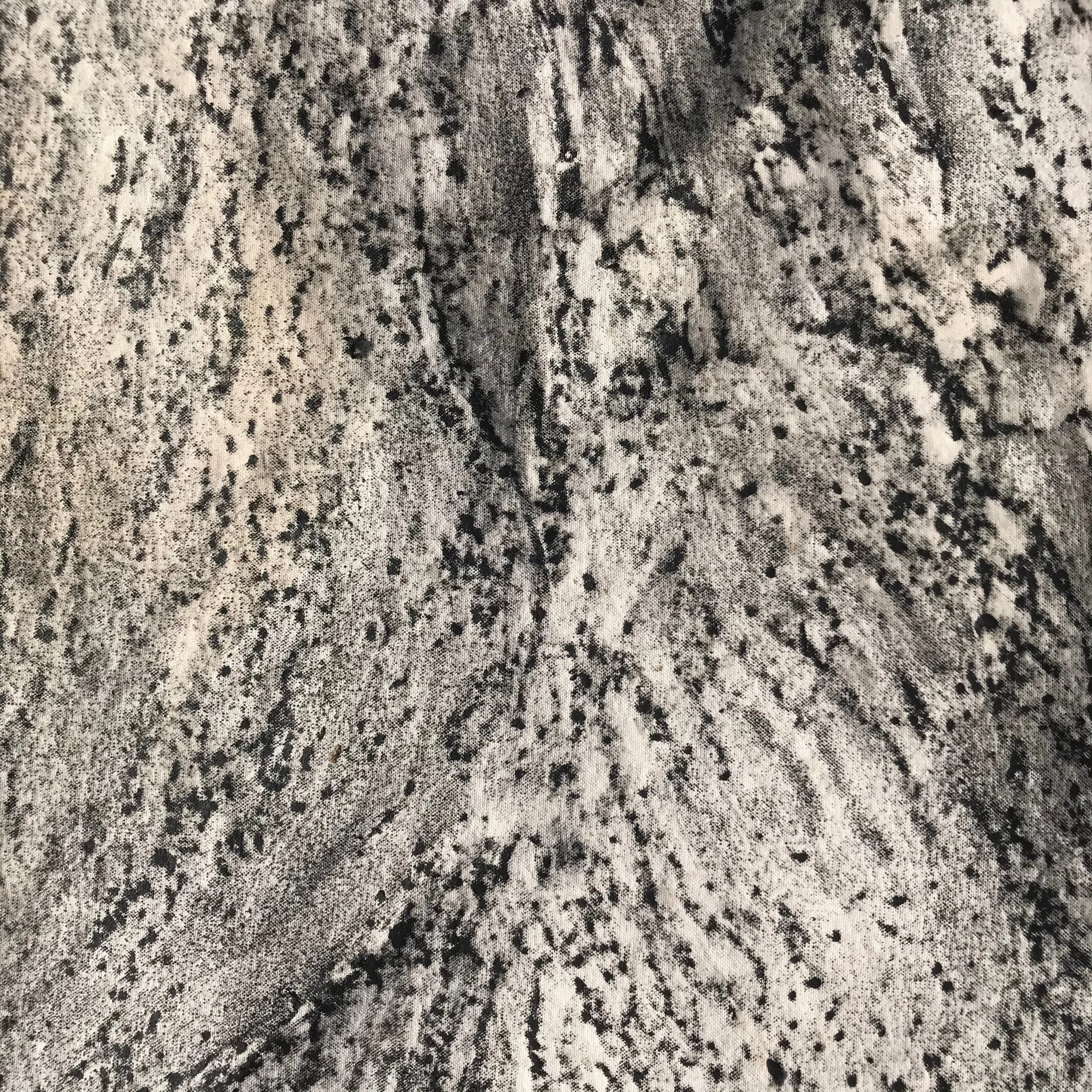


Written In Stone
SCROLL DOWN
Written In Stone
Written in Stone: reading the rocks of the Great Ocean Road is a multi-disciplinary book; combining research, writing, sketches and photographs that chart the 135+ million year story of the surf coast and its geology.
Post it note reviews
Written in Stone acknowledges the Traditional Owners of the Great Ocean Road -
Watha wurrung, Gadubanud, Girai wurrung, Guditjmara and across the continent, we pay our respects to Elders past and present.
The Great Ocean Road runs from
Torquay to Warrnambool along the coastline
of Victoria, Australia.

Reading the landscape
Reading the landscape
The land beneath is a vast puzzle...
The colours, lines, textures and patterns we find in rocks are all here as a result of time and process acting on and shaping the landscape.
To support the natural environment please consider the work of these two great organisations - The Australian Marine Foundation and The Friends of Eagle Rock Marine Foundation. To find out more of what they do please click below.

CERES Meditation Garden
CERES Meditation Garden
CERES MEDITATION GARDEN, 2013-22
PHILOMENA MANIFOLD & CERES COMMUNITY
A collaborative design that explores the idea of refuge.
Design: Philomena Manifold
Site Managment: Nick Curmy and Andy Burns
Stone Masonry: Luke Doyle
View plan here.
Design Brief
Provide a welcoming, personal, small-scaled, centred space for small groups and individuals to meditate and seek refuge.
Practical and attractive solutions to overall site design, integrating with the ethos of CERES yet providing a distinctly different experience to the existing CERES landscape.
Design Statement
I started the design process by asking myself:
How can a garden act as an invitation into a meditative experience?
Can it foster sensitivity to both the human and non-human world?
I explored the idea of containment and of being held. I reflected that most meditation gardens around the world cultivate this kind of experience. They offer a place of refuge. This is different to wild places (which are vital and important), a garden is a curated space. I decided to make this a strong design element. The warm sandstone walls encircle and provide a place in which we can cultivate our sensitivity to both our inner life and the life around us.
The design was influenced by Joanna Macey’s ‘The Work that Reconnects'. In particular, I explored her idea of widening circles of care. That we begin with ourselves, and from here we have the capacity to expand our care to family, friends, wider human and more than human world.
The design was also influenced by water as it is a strong symbol that runs through many belief systems. I lent into the image of the impact of a drop of water on a still pond, an image that speaks to the way our actions can ripple out across the world.
The ripple across the surface of water has been the anchor of this design. By using the soft curves and repeating patterns of widening circles this pattern takes us from the inner world to the outer.
The meditation garden at CERES can be found at the Learning Centre. The best entrance to the garden is via the Lee street entrance.
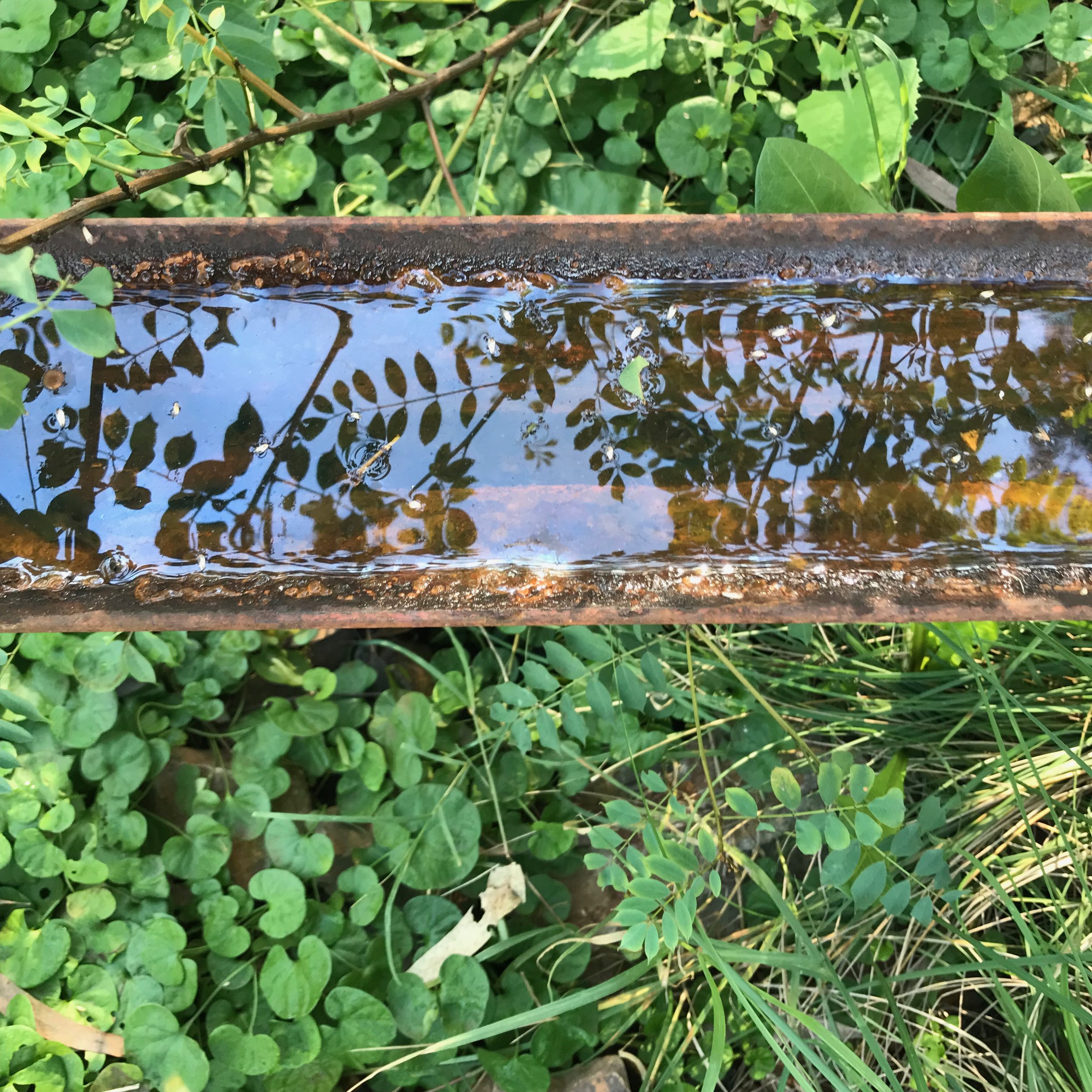
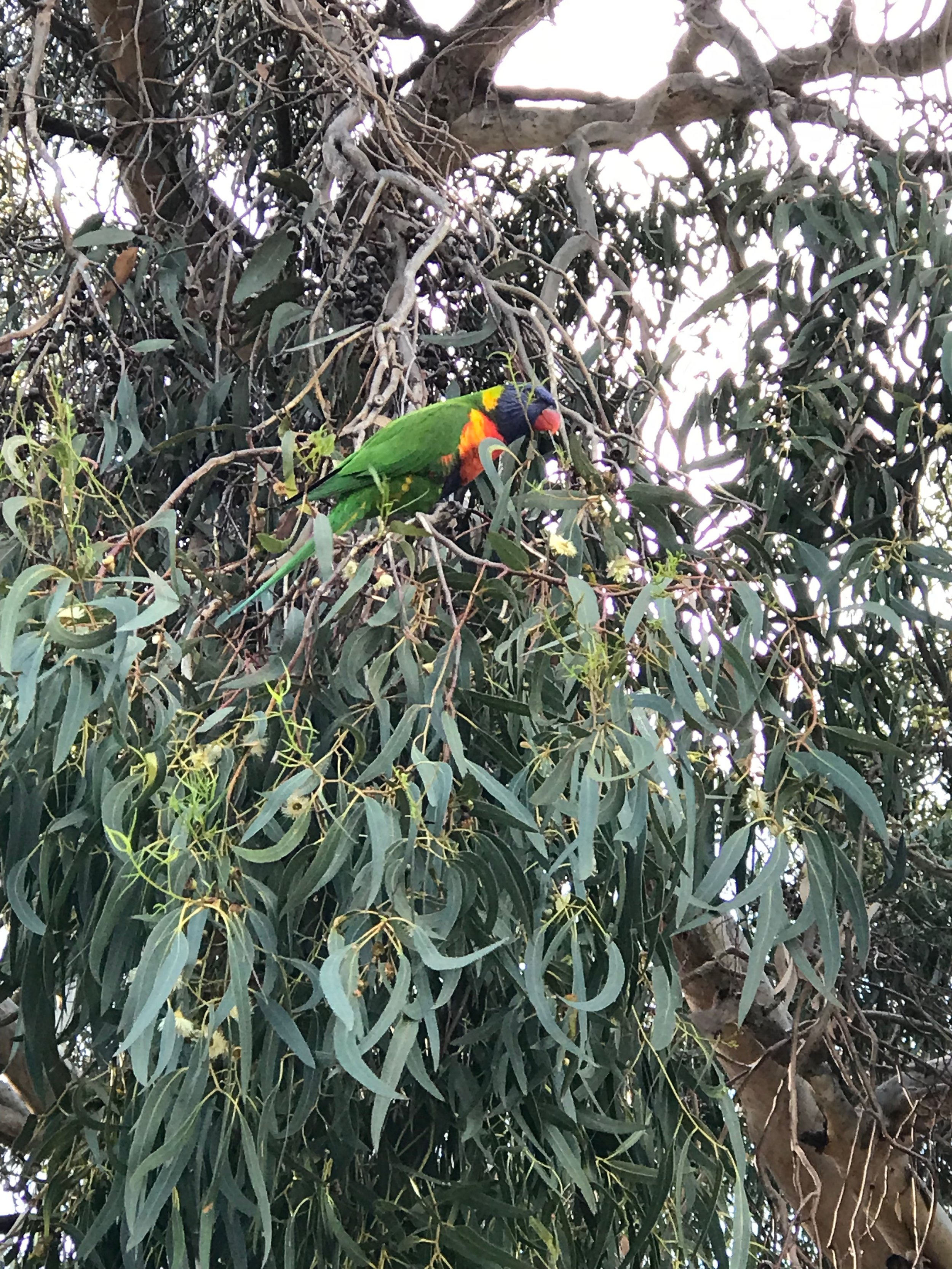

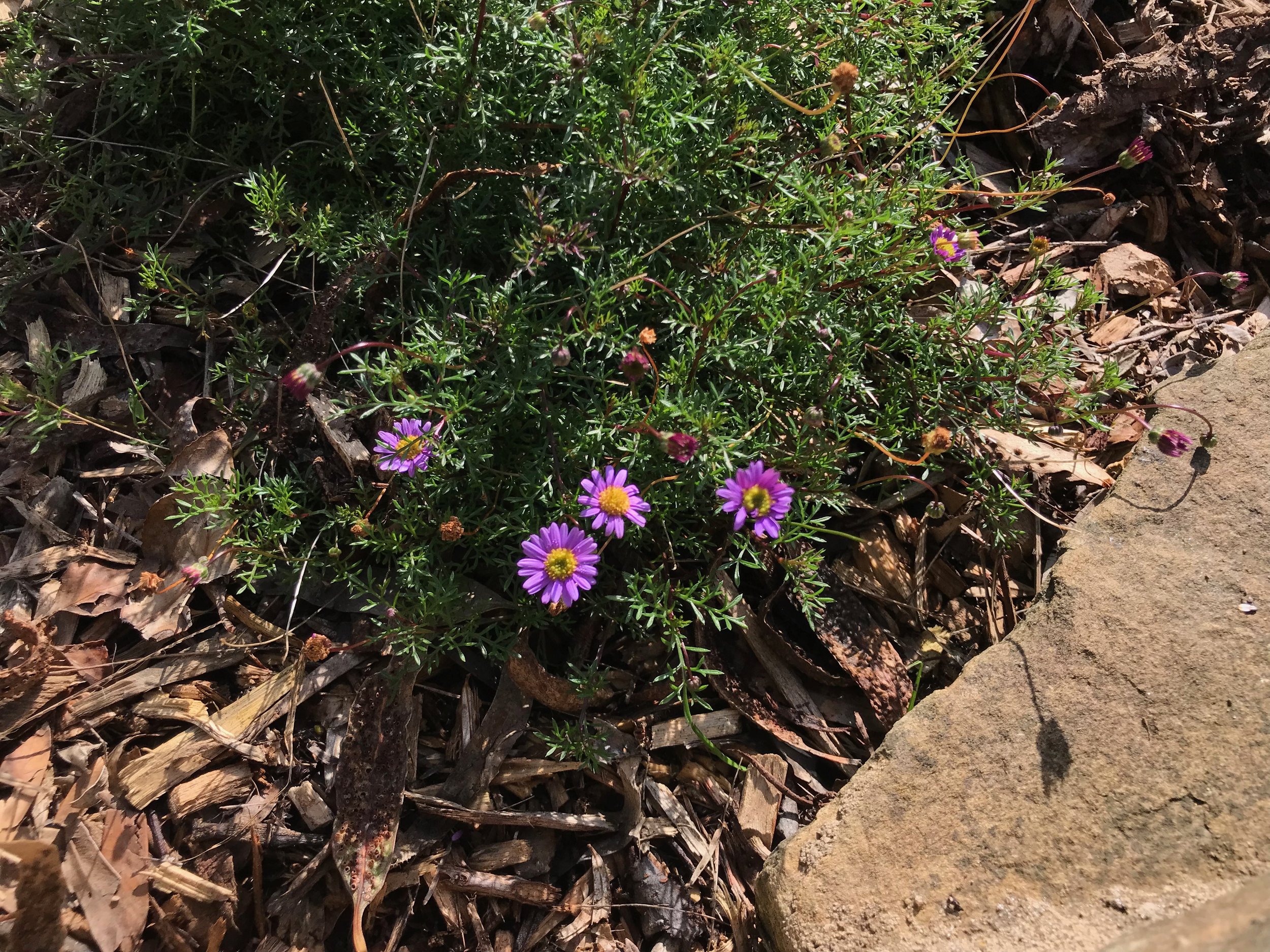

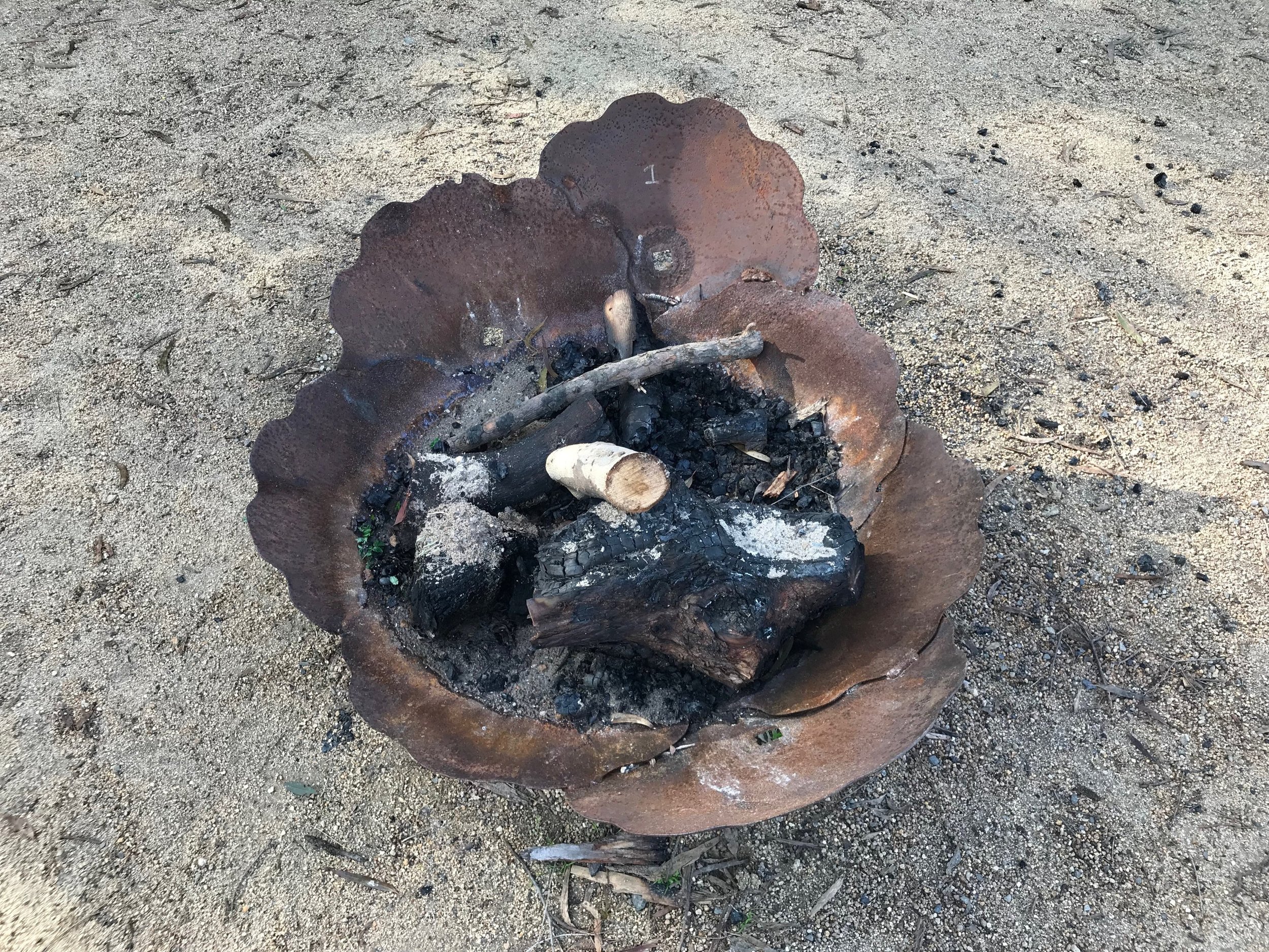
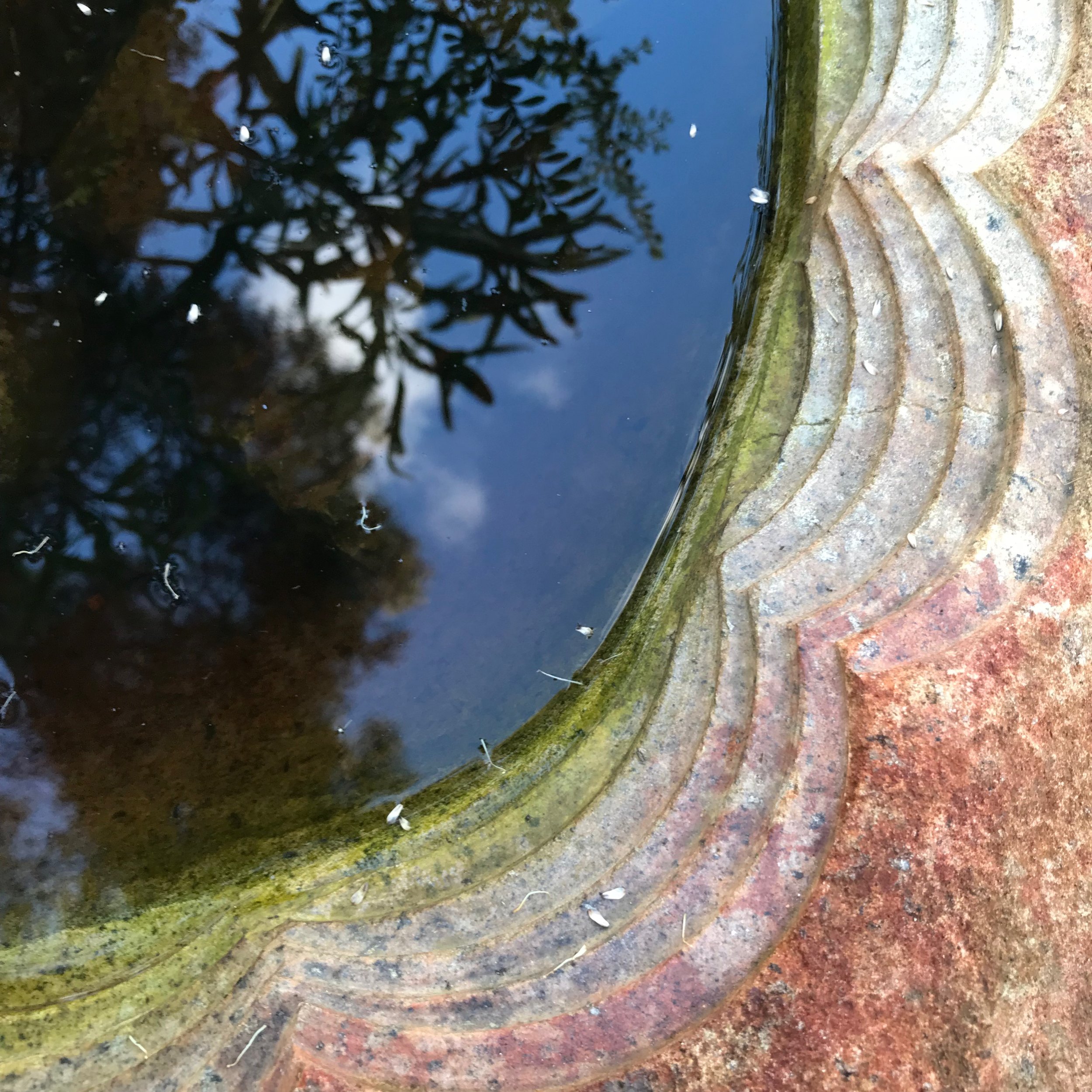

Mapping Memory Lorne Point
Mapping Memory Lorne Point
Mapping memory: Lorne Point theolithic, 2021-22
SIMON BUTTONSHAW & PHILOMENA MANIFOLD
Lorne Sculpture Biennale 2022
Mapping memory: Lorne Point Theolithic
Black Senellier oil stick on canvas, lashed onto metal frames crafted by David Graham.
Canvas dimensions: 1380cm W x 1720cm H
This work consists of 22 individual pieces.
Artist’s statement
This work is a record and memory of a site-specific encounter between the artists and the timeless presence of the Point. In this meeting, the Point is a collaborator and sculptor.
Through contacting form, the geological memory and imprints of deep time are felt and drawn. A lifting up occurs in which the geological moments come into focus, their form outlined, their dynamic presence made tangible.
Since meeting on the Point, Simon and Philomena’s shared interest in geological process and their felt sense of place have woven together through conversation and practice. Each mark is made from a personal, felt, choice that reaches into the timeless and touches Gondwana. The work is immersive, non-figurative, amorphic and enigmatic, as is memory itself.
“These marks made on rock speak to a process that opens a door to the very heart of why we wish to make a mark. Coming into contact or face to face with the mystery of why” — Simon Buttonshaw
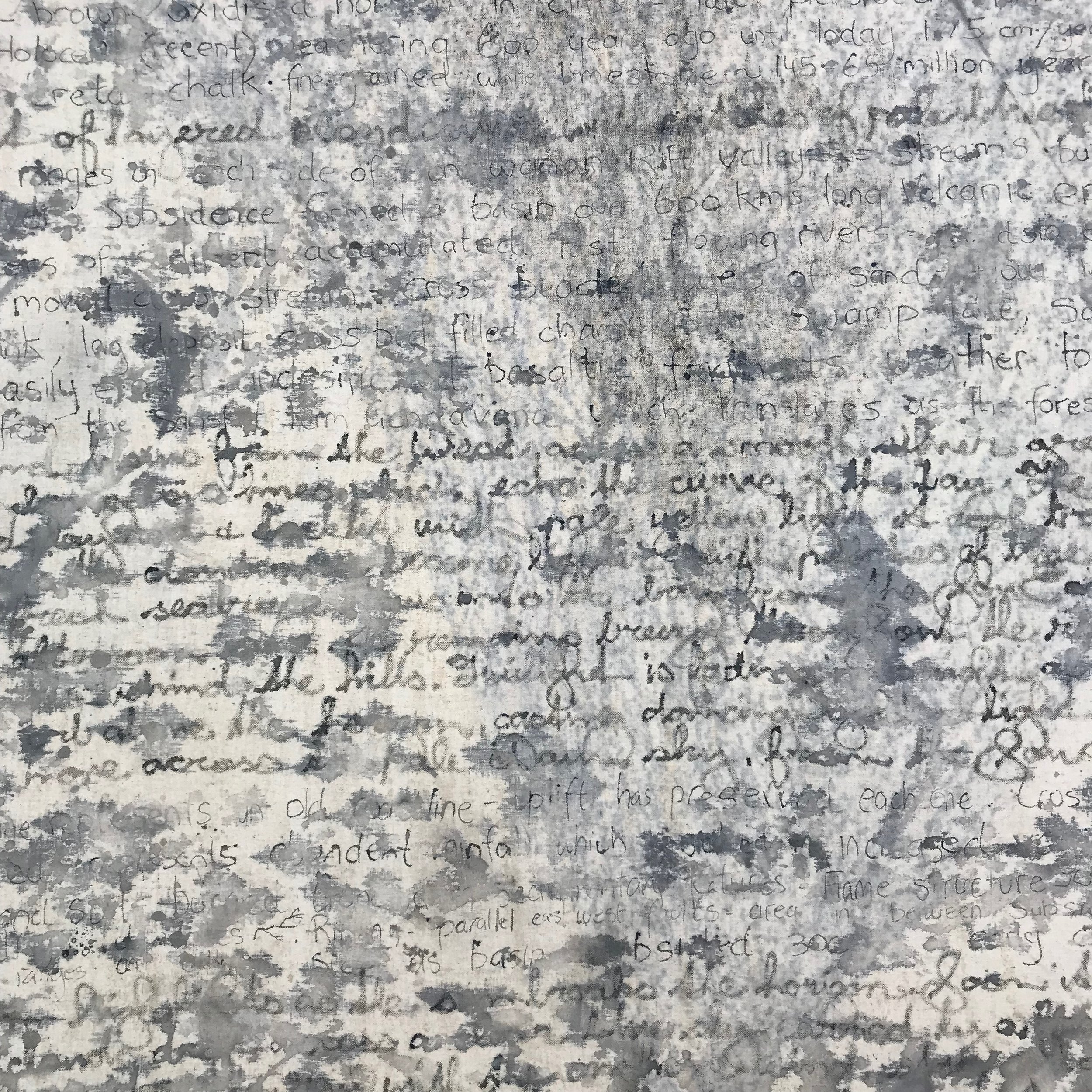
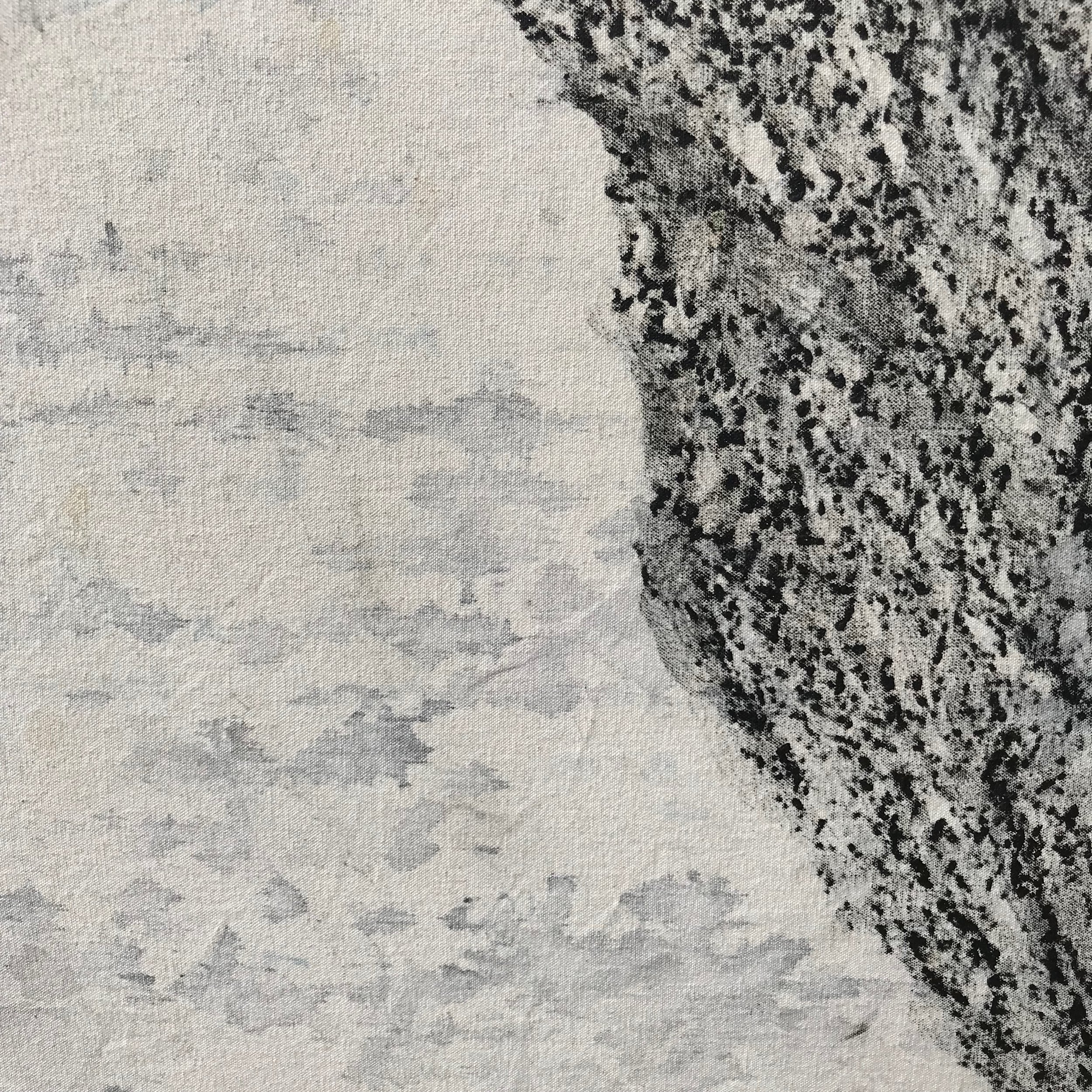
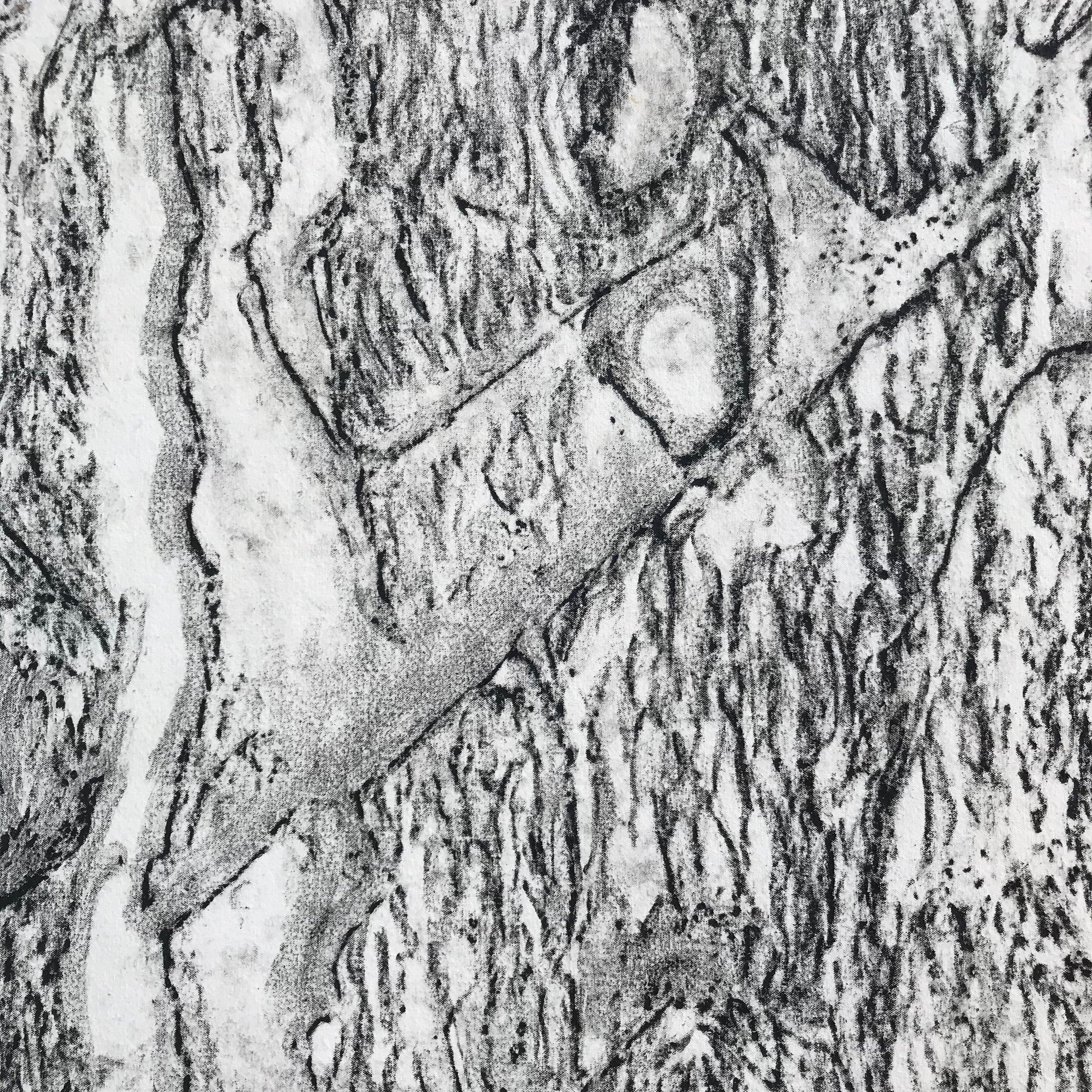
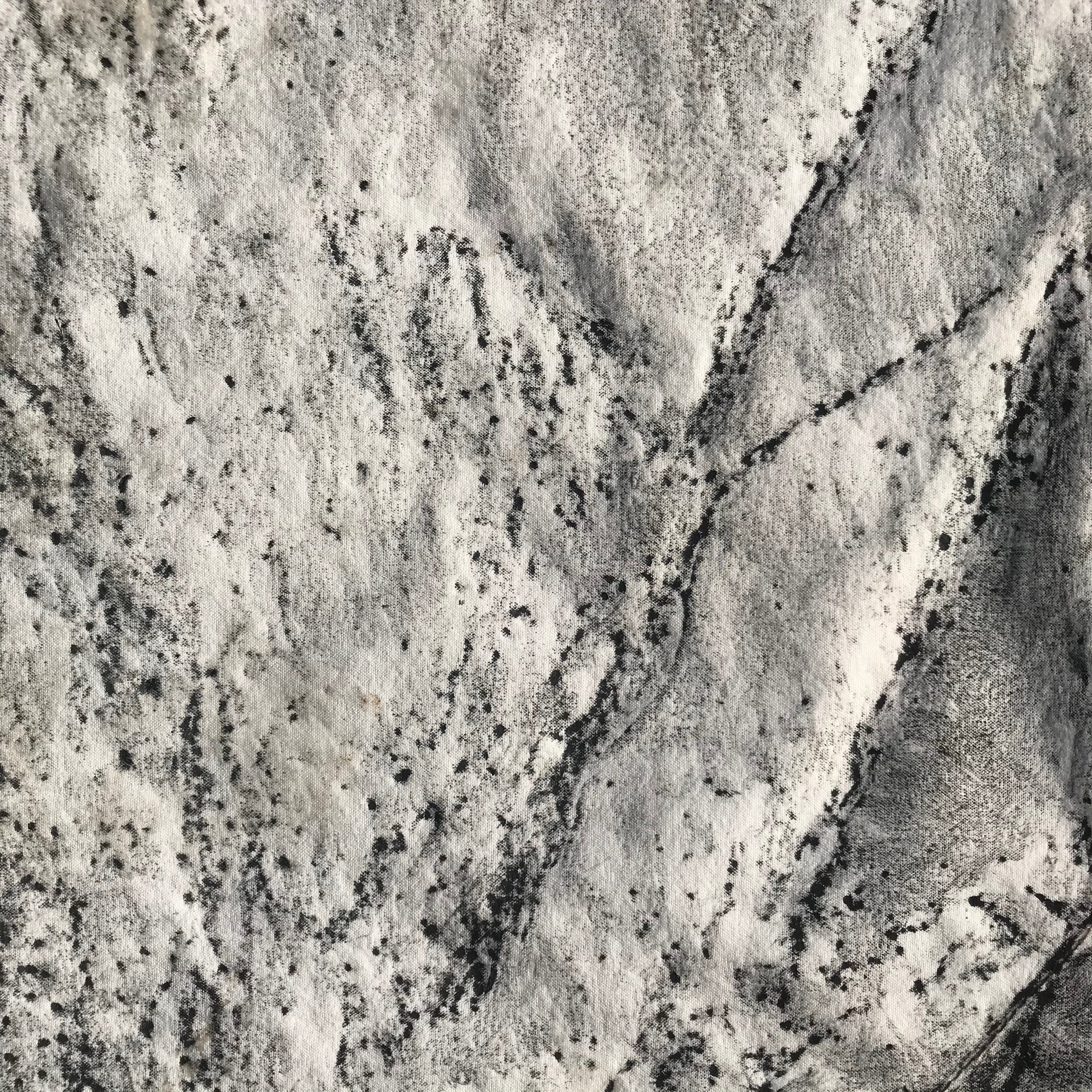
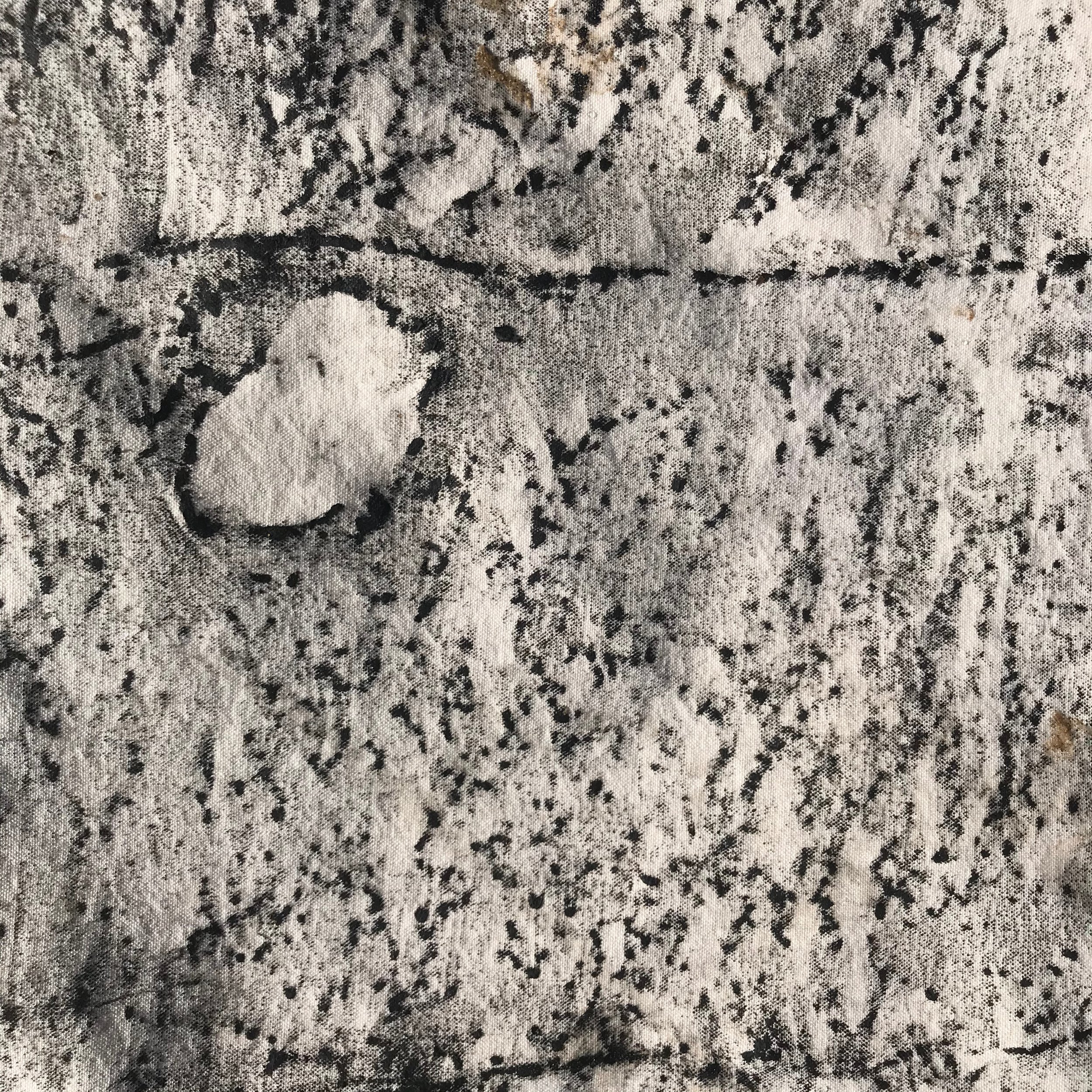
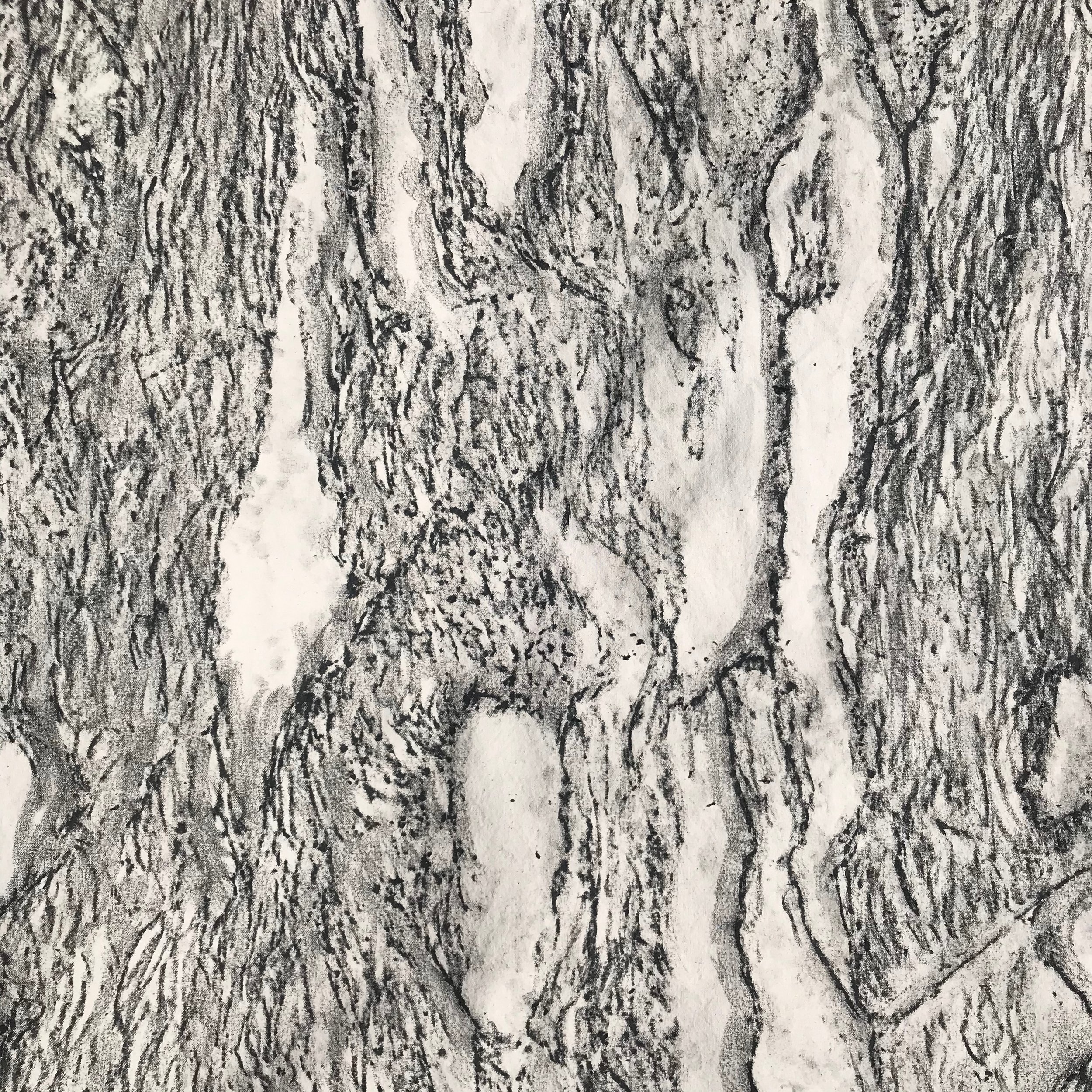

Immersive Earth
Immersive Earth
AuScope: Immersive Earth, 2022
Science Communication
Science Week 2022: Welcome to Immersive Earth: Enter the Curnamona Cube!
Between 2021 and 2022, a team of research scientists from The University of Adelaide undertook a deep Earth imaging project in the Broken Hill region called the Curnamona Cube. The project involved scanning a cubic region of Earth in the Curnamona (geological) Province to reveal the region’s untold geological story.
In July 2022, I joined my colleague Jo Condon to meet the science team on Wilyakali/Wiljali and Danggali country to observe the project through artistic eyes and share the experience online for National Science Week 2022. AuScope is the Commonwealth-supported agency that provides Earth imaging instruments for the Curnamona Cube project.
The website is an opportunity to take a self-guided, immersive and multimedia-rich trip through parts of this unique project.
